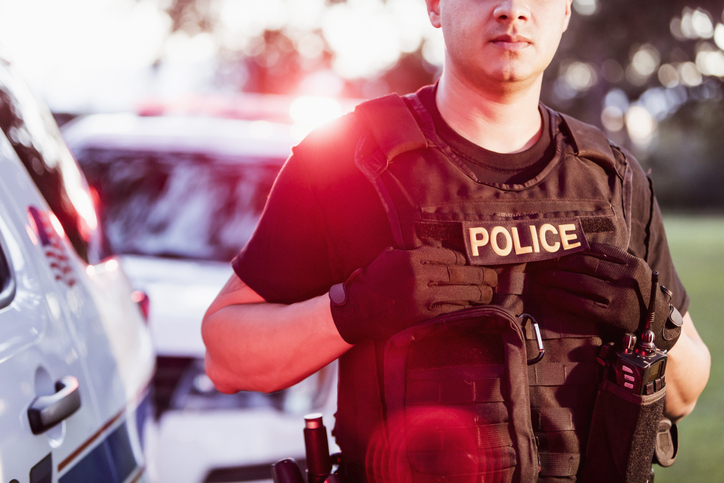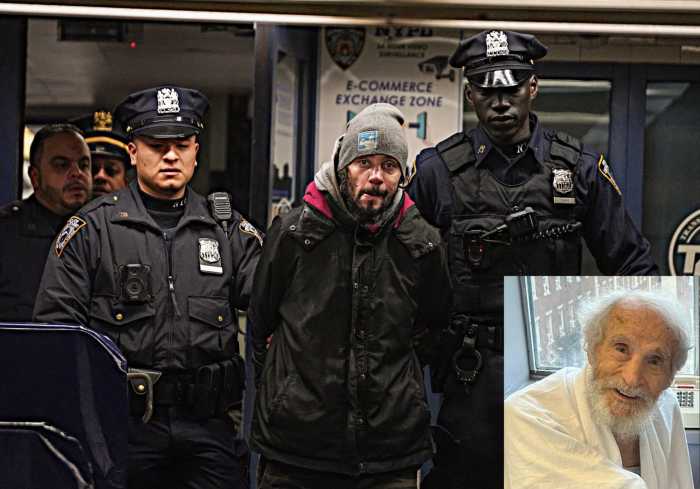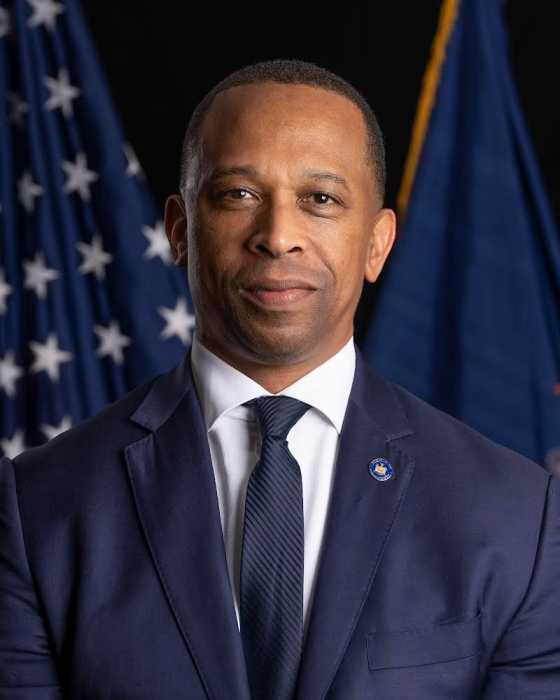Police reform is officially underway on Long Island — both Nassau and Suffolk counties have passed their respective plans to make changes to their police departments.
All local police departments in New York were mandated to create a reform plan with community input by April 1 in the wake of the police killing of George Floyd in Minneapolis and widespread protests for racial justice that followed. The submission of plans now comes as the trial of former officer Derek Chauvin, who placed his knee on Floyd’s neck for about nine minutes, began on Monday.
Here is a look at each of the plans.
Suffolk Plan Passes in a 16-1 Vote, Despite Public Opposition
Suffolk passed its police reform bill on Tuesday evening in a 16-1 vote, with Legislator Samuel Gonzalez (D-Brentwood) the sole legislator to oppose it.
The Suffolk plan includes the use of body cameras for all officers, the creation of a task force to recommend improvements to the school resource officer program, and a $1 million pledge to mental health crisis response. It also moves legislation forward to collect and release data on traffic and pedestrian stops and gives the Human Rights Commission authority to take complaints about officers and conduct investigations of the department.
“The passage of this plan today is truly a historic moment in Suffolk County,” said Suffolk County Executive Steve Bellone. “Policing is a sacred duty, and this plan prioritizes transparency and accountability, changes the culture of policing in Suffolk County so that our communities have trust in those that are sworn to protect them and brings us closer to dismantling the injustices that have existed within the system for far too long.”
Before the vote, dozens of residents and community advocates urged legislators to not vote on the plan and to revisit how it will deal with accountability, arguing that the Human Rights Commission would not have enough power to make substantial change.
Other members of the public, including several school superintendents, joined the virtual hearing to express their support for the school resource officer program, which remains intact in the plan, despite calls for its dismantling from other organizations who say it perpetuates racism in schools.
After lengthy discussions, many legislators seemed to agree that though more could be done, the plan was sufficient to vote through, including Legislator Jason Richberg (D-West Babylon), who reflected about how body cameras would have been unthinkable just a year ago.
“As a Black man living in Suffolk County who’s been pulled over on the streets outside my office, I have to defend it,” he said.
Gonzalez, who voted against the plan, commended all who worked on it, but said it lacked substantial transparency and independent oversight of the police department.
“I can’t support this, and it hurts me,” he said. “But too many of the constituents have spoken … I was elected by my constituents to be their voice and to truly best represent their interests. They have spoken over and over, and they have spoken loud — you heard them at the public hearings, over 90 speakers — and I am entitled to disagree with them, but this is not one of those times. It is sad that there is so much good in these recommendations, but one of the most important pieces is not included.”
To view Suffolk’s police reform plan, visit suffolkcountyny.gov/Police-Reform.
Nassau Plan Passes; 3 Legislators Who Voted It Down Sustain Push for Accountability
The Nassau County Legislature passed a police reform plan on March 22 in a 16-3 vote, with the body’s only three legislators of color voting against the measure, citing that it does not create an effective procedure or independent body to oversee the Nassau County Police Department.
The plan has been signed by Nassau County Executive Laura Curran and submitted to New York State as it finalizes the budget due April 1.
“Nassau County’s police reform plan promotes transparency, accountability, and a strengthened commitment to community-based policing,” Curran said in a statement on March 22. “I look forward to signing this historic legislation.”
Nassau’s police reform plan includes the use of body cameras, more police officer training, including an annual bias training, a mentorship program to increase diversity in the ranks, and increased transparency with the release of biannual reports on the use of force and civilian complaints.
It also includes a two-tiered 911 response that involves more collaboration between the police and Nassau’s mobile crisis team for mental health emergencies.
On the police accountability front, the plan adds increased oversight and ability of the New York Attorney General’s Law Enforcement Misconduct Investigative Office (LEMIO) to conduct investigations of the department.
Legislators Kevan Abrahams (D-Freeport), Siela Bynoe (D-Westbury), and Carrie Solages (D-Elmont), notably the only three people of color on the legislature, who voted against the bill, argue that it does not do enough to hold the police department accountable.
In a letter to New York Attorney General Letitia James, the three legislators wrote that Nassau’s plan “lacks the structural reforms needed to eliminate historic racial inequities and disparities in policing that continue to harm and compromise communities of color.”
The letter to the attorney general, dated March 26, requests the creation of a Nassau County branch of the LEMIO.
“While we have no doubt that the LEMIO will fulfill its statutory mission in an exemplary fashion, we also appreciate the significant challenges the office will face, considering the breadth of that mission and the LEMIO’s apparent responsibility for overseeing more than 500 police departments across the state,” the legislators said in the letter. “This being the case, we believe the county’s plan to rely exclusively on LEMIO can only be effective if resources are specifically targeted to the oversight of policing in Nassau County, on an ongoing basis.”
Before the Nassau Legislature voted on the county’s reform plans, the legislators had sent letters to Curran asking to include additional measures in the plan, including a civilian complaint review board (CCRB), a police inspector general, and implementation of the STAT and Right to Know Acts for gathering and release of police data, among other changes which were found in the People’s Plan that was crafted by community organizations.
After the vote was complete, Curran responded to the letters, writing that the county would be monitoring “the outside oversight” of the police department by the attorney general’s LEMIO. She added that the plan is “a living document and reform is an evolving process.”
“It’s a fair point that she has that this is an ongoing process and that we must continue to work together to bring true justice to Nassau County,” Solages said in a statement.
To view Nassau’s police reform plan, visit nassaucountyny.gov/eo203.
Related Story: Police Reform Plans and Recommendations Sweep the East End


































